Iran nuclear deal Q&A: How Iran went from the axis of evil to a potential partner for Middle East peace
Sanctions could be lifted by the end of the year
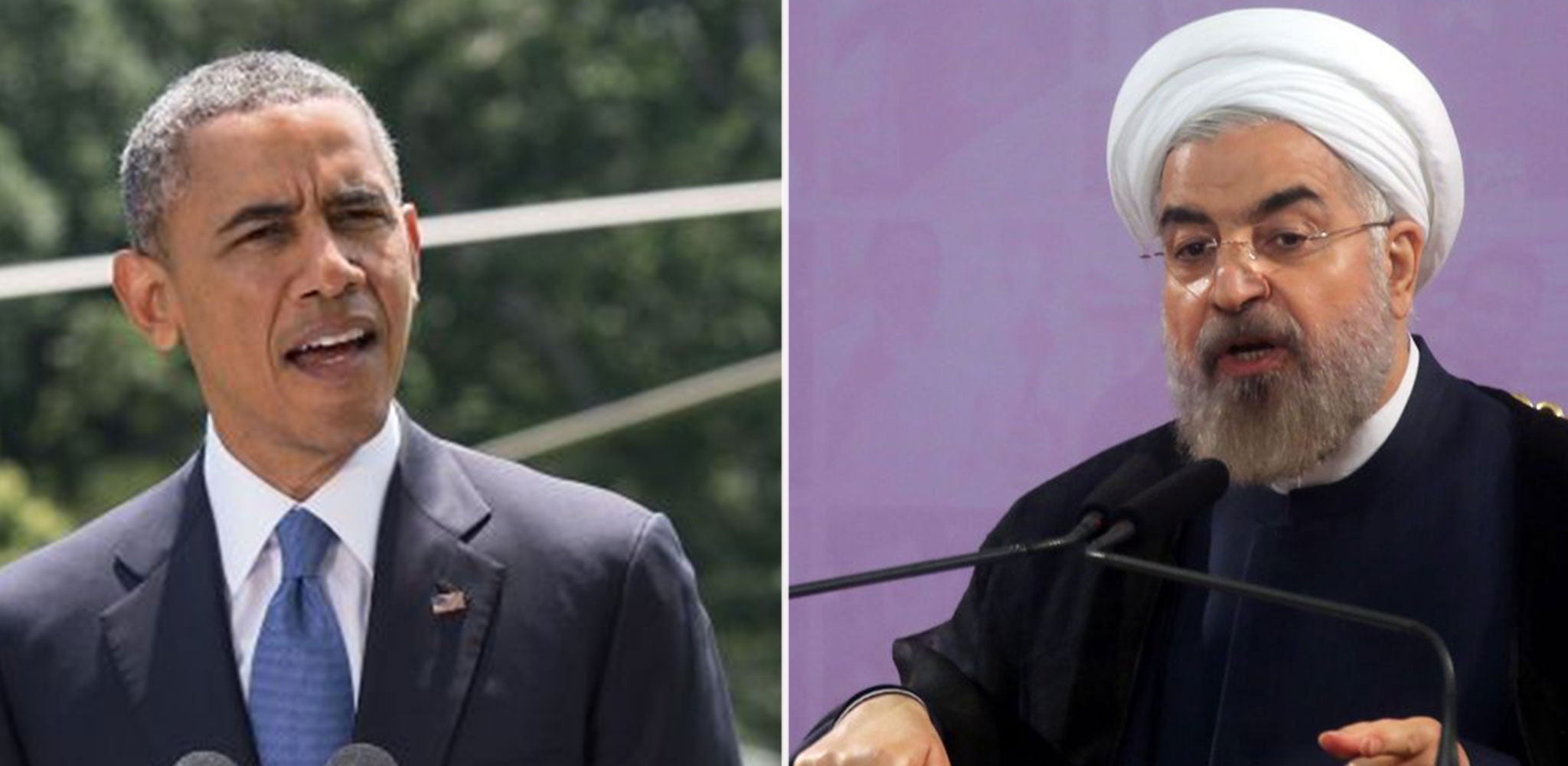
Your support helps us to tell the story
From reproductive rights to climate change to Big Tech, The Independent is on the ground when the story is developing. Whether it's investigating the financials of Elon Musk's pro-Trump PAC or producing our latest documentary, 'The A Word', which shines a light on the American women fighting for reproductive rights, we know how important it is to parse out the facts from the messaging.
At such a critical moment in US history, we need reporters on the ground. Your donation allows us to keep sending journalists to speak to both sides of the story.
The Independent is trusted by Americans across the entire political spectrum. And unlike many other quality news outlets, we choose not to lock Americans out of our reporting and analysis with paywalls. We believe quality journalism should be available to everyone, paid for by those who can afford it.
Your support makes all the difference.On Tuesday morning it was announced that an agreement had been reached between Iran and the six powers—the US, UK, Russia, China, Germany and France.
The deal centres on Tehran’s acceptance of strict limits on its nuclear activities for 10 years. These are supposed to ensure that the country remains a minimum of 12 months away from amassing enough nuclear fuel for a bomb. After the 10-year period, those constraints will ease in the subsequent five years.
In exchange, the West will lift - though not immediately - tough sanctions on Iran.
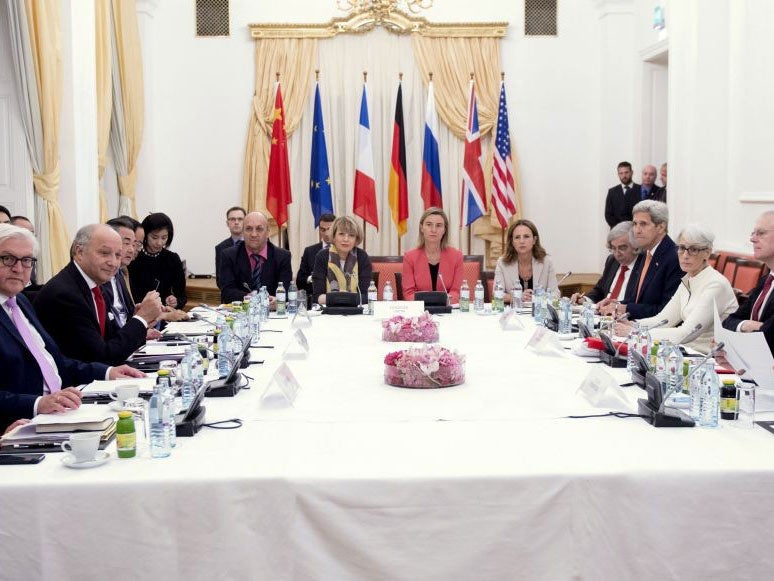
Q: How historic is the deal?
A: On January 29, 2002, President George W Bush lumped Iran together with Iraq and North Korea as part of a so-called “Axis of evil”. Thirteen years on, President Obama welcomed the deal as an opportunity to be seized and said it made the world safer. When the countries announced a preliminary deal earlier this year in Lausanne, most commentators were surprised.
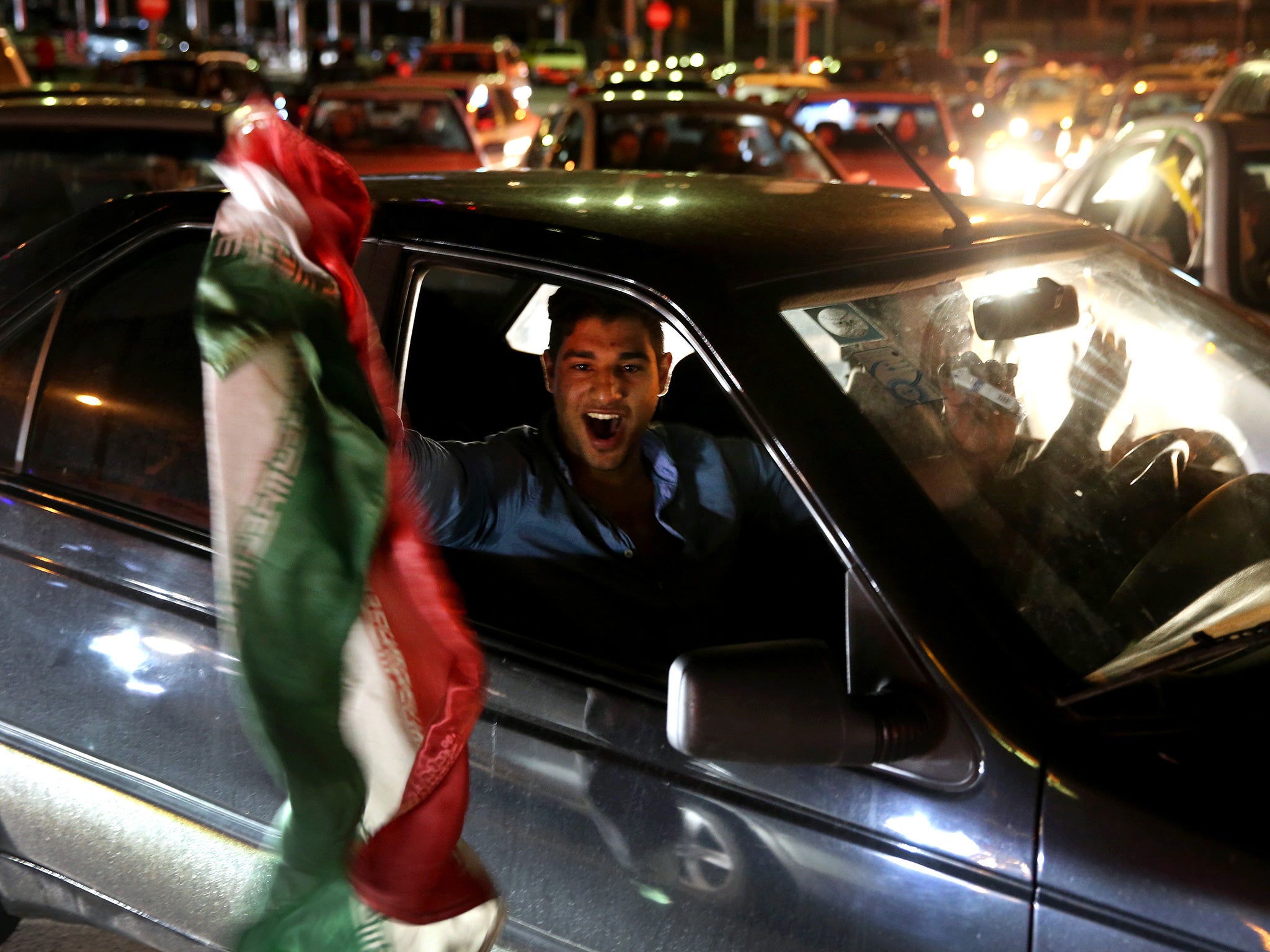
Q: What has Iran agreed to?
A: According to the 159-page agreement, it has agreed to cut by two-thirds to 5,060 its centrifuges at its primary processing centre in Natanz; it will reduce its current stockpile of low-enriched uranium, which can be processed into bomb-grade fuel, by 98 percent to 300kg: it will allow the IAEA access to all its sites and will not build any new enrichment facilities for 15 years. This extends Iran’s break-out time – the period estimated it would take Iran to produce sufficient fissile material for one weapon – to one year.
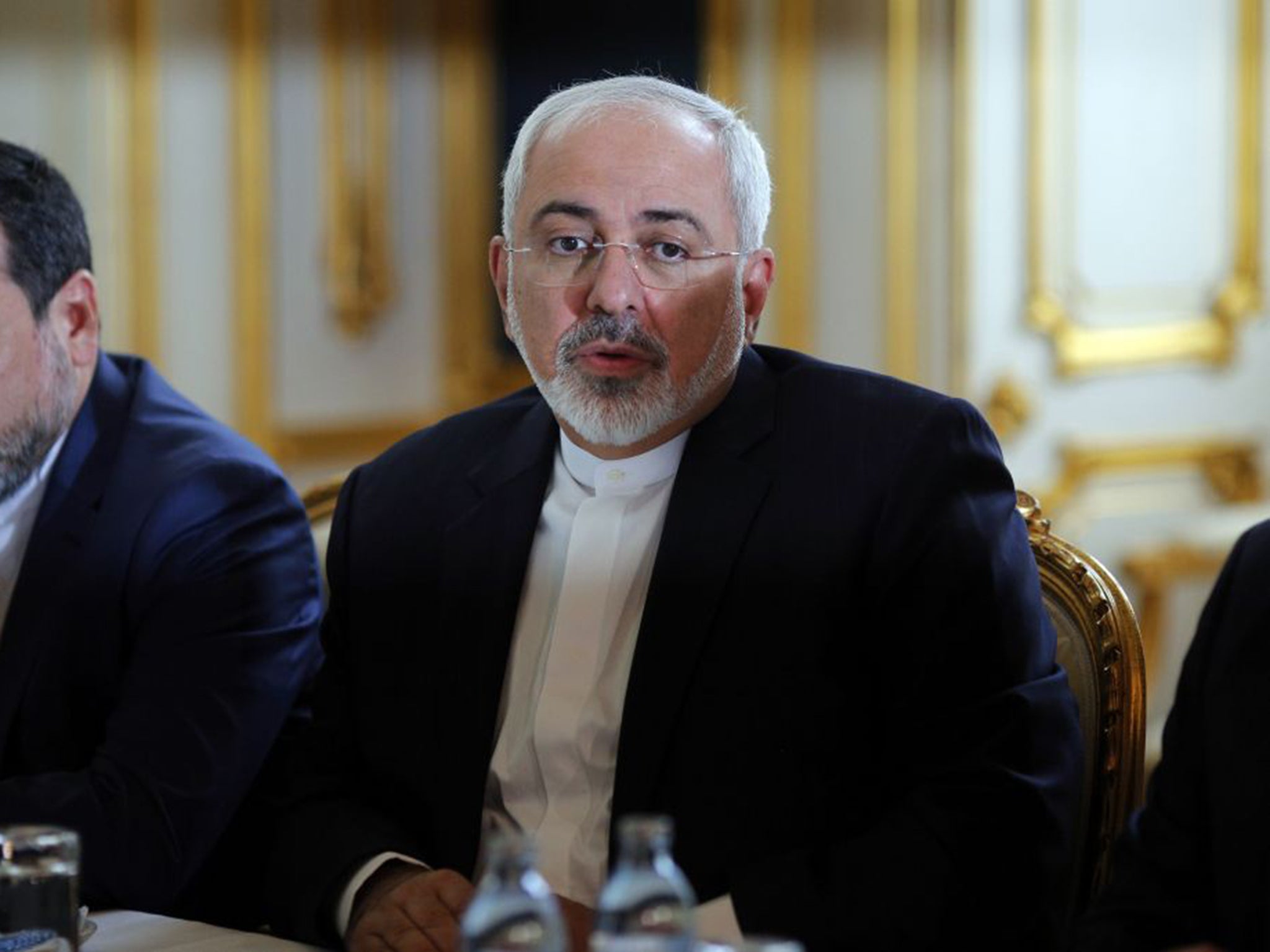
Q: What does Iran get in exchange?
A: International sanctions will be lifted, perhaps by the end of the year when UN monitors will issue a compliance report in December, allowing it to start selling oil again on international markets. It will also be permitted to use the global financial system for trade and commerce. An international arms embargo will be ended more slowly.
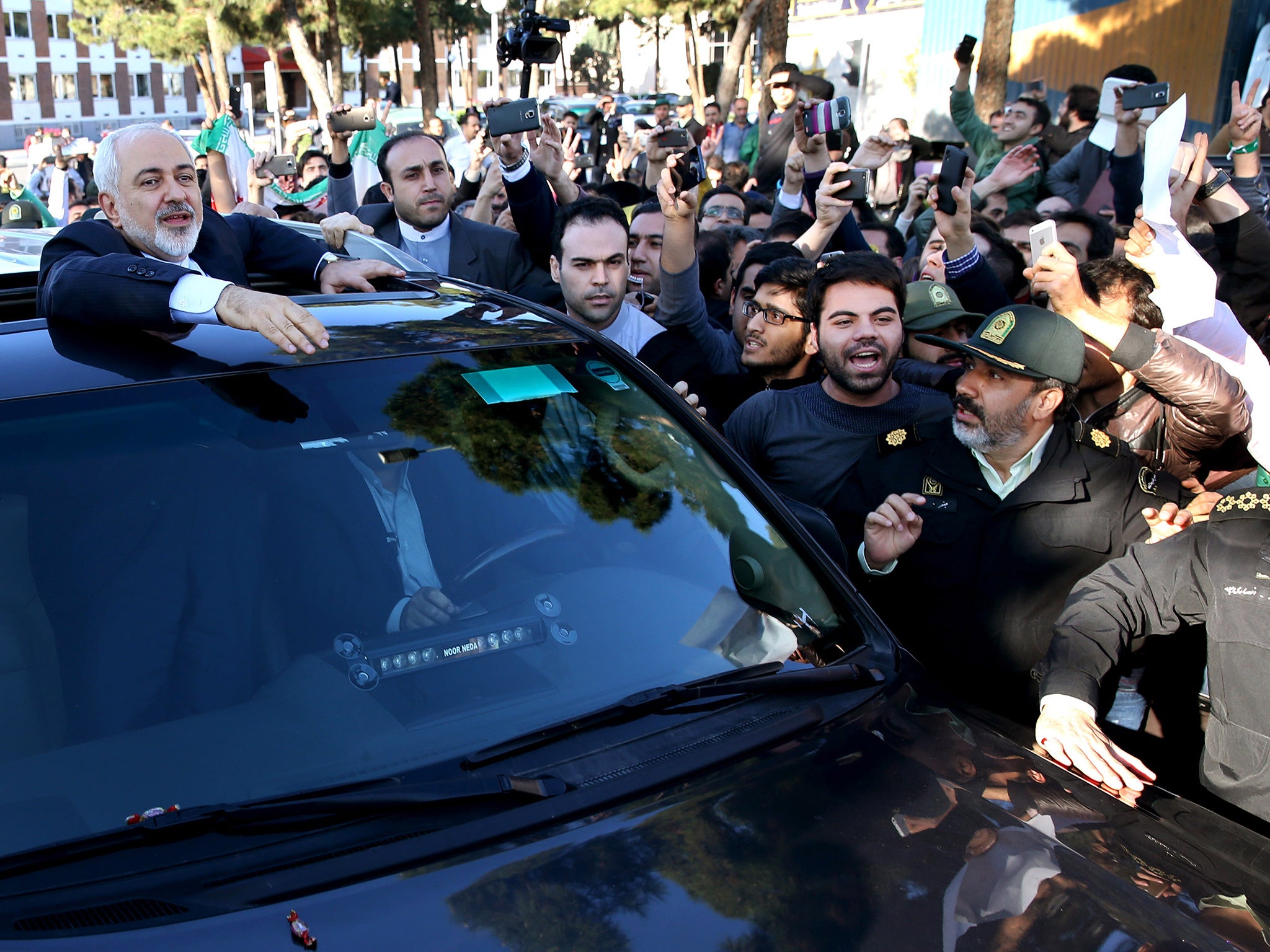
Q: How did Iran go from axis of evil to a potential partner for peace?
A: The deal is not taking place in a vacuum. Sanctions have impacted ordinary life in Iran and the country – an ancient civilisation - is keen to be part of the broader international community. President Hassan Rouhani was elected in 2013 after pledging to engage the US and get sanctions lifted. Iran has been taking a crucial role in opposing and fighting Isis, especially in Iraq where Iranian-backed Shiia militias have in some instances supplanted a feeble Iraqi military. The US has not publicly discussed the extent of formal cooperation with Iran, but it is known that the US coordinates its air strikes with such militia via the Iraqi authorities. This was seen in places such as Tikrit earlier this year, and Amirli last August and on Jurf al-Sakher in October. Also, various US intelligence agencies have for several years agreed that Iran was not making moves to build weapon.
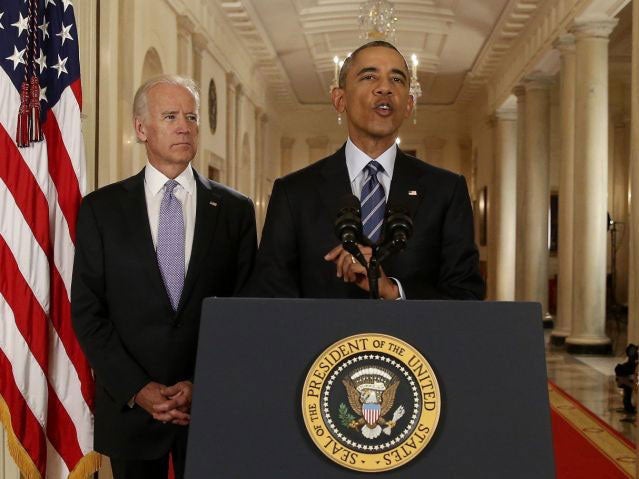
Q: Who is cheering?
A: The biggest celebrators will be the six powers, increasingly persuaded of the need to make the best possible deal now. The Iranian leadership will also welcome the news and reports say most ordinary Iranians will be pleased if sanctions to end. Despite real, persistent persisent opposition both from Democrats and Republicans on Capitol Hill, the deal will be likely seen as another, milestone victory for Mr Obama. The UAE was the first of the Arab states to welcome the agreement.

Q: Who is angry?
A: Israel’s Prime Minister dismissed the agreement as a mistake of “historic proportions” and said the West was making concessions even as “Iran chanted ‘Death to America’.” The Republican speaker of the US House of Representatives, John Boehner, claimed the deal would likely “fuel a nuclear arms race around the world”. Some hardliners in Iran will also be angry about the deal with the US thought with Ayatollah Khamenei at least theoretically backing the deal, they are unlikely to be too vocal.

Q: What can opponents do?
A: In the US, politicians on Capitol Hill have 60 days to review the deal and Mr Obama cannot waive sanctions during that time. The president has said he woud veto any measure that sought to scotch the deal. Israel has said it is not bound by the deal and Prime Minister Benjamin Netanyahu has warned it remained committed to “preventing Iran from obtaining nuclear weapons”.
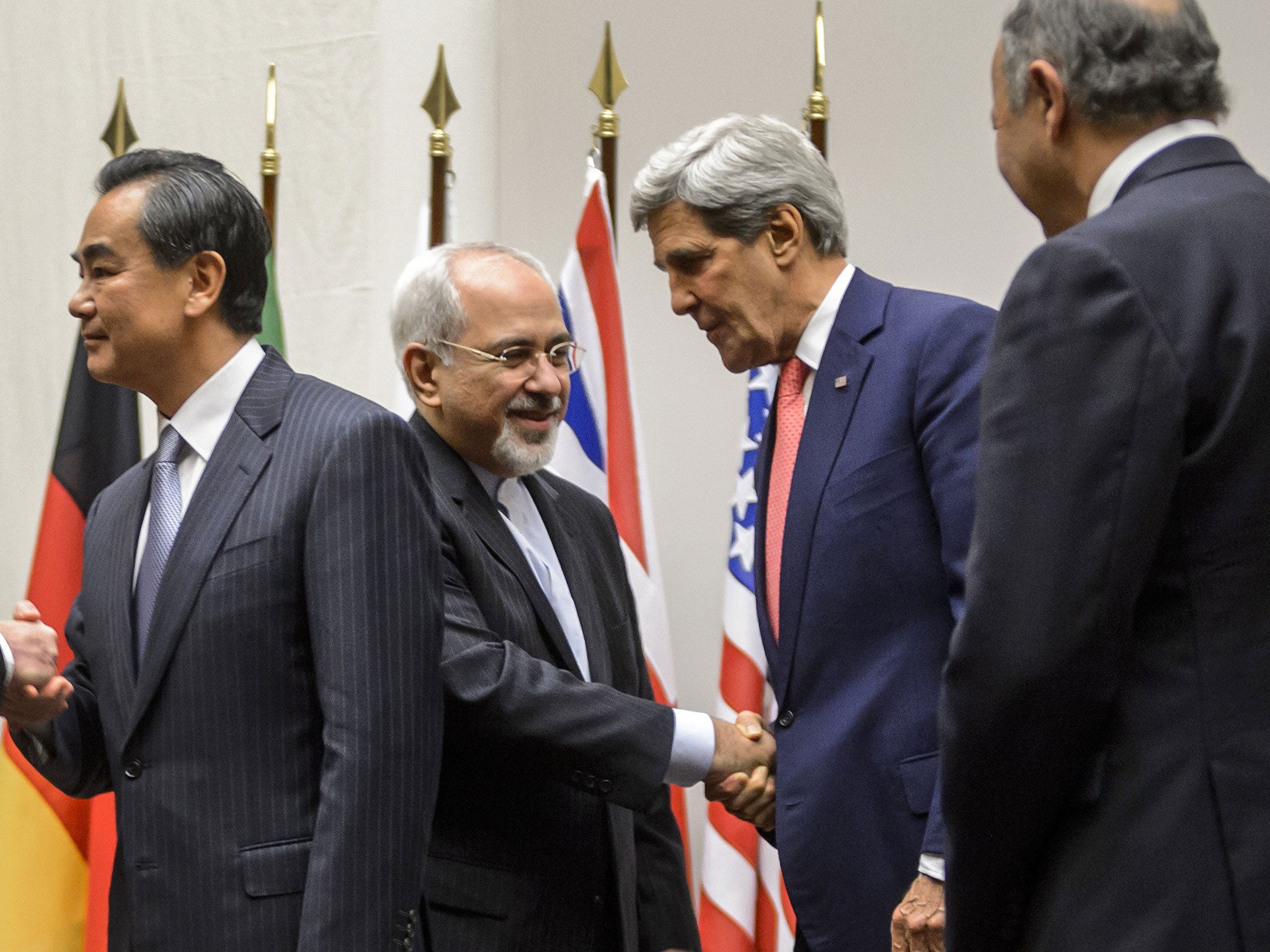
Q: What issues remain?
A: With 1,692 person-days of inspections, Iran was the most heavily inspected country in 2014. But it still remains unclear just how unfettered the new inspections will be. If any any point Iran is deemed to have broken the terms of the deal, the sanctions system will return via a “snap-back” mechanism.
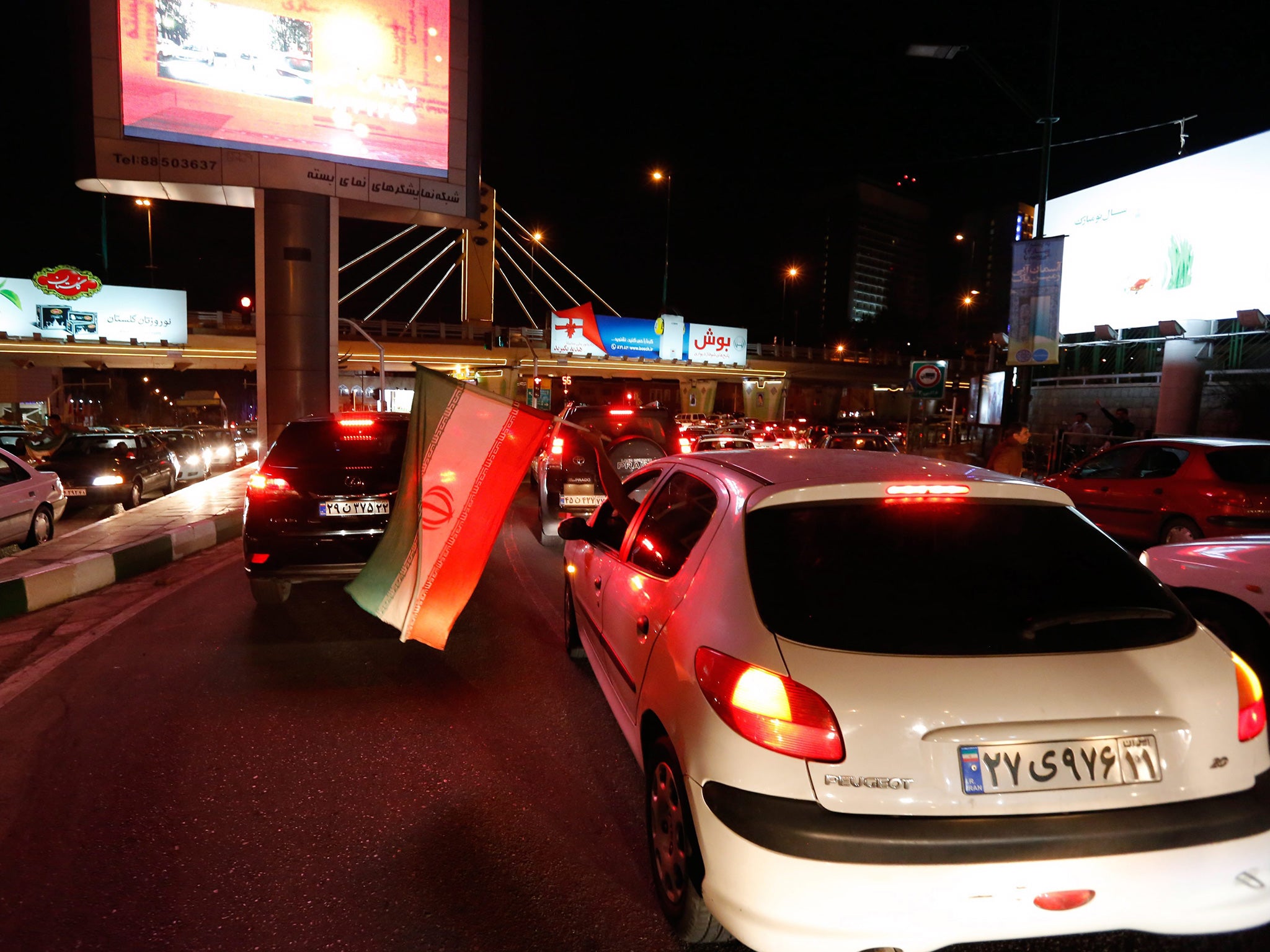
Q: What does this mean for Iran in real terms?
A: Bloomberg News said Iran believes it will be able to increase oil exports by 500,000 barrels a day as soon as sanctions are lifted, then an additional 500,000 a day in the following six months. Iran produced an average of 2.8m barrels a day this year. External analysts have said adding 500,000 barrels a day will take about a year. Iran could win access to an estimated $100bn in foreign-exchange holdings that are inaccessible or restricted by sanctions. The removal of international banking and trade sanctions would open doors to foreign investors eyeing a market of 80m people.
Join our commenting forum
Join thought-provoking conversations, follow other Independent readers and see their replies
0Comments